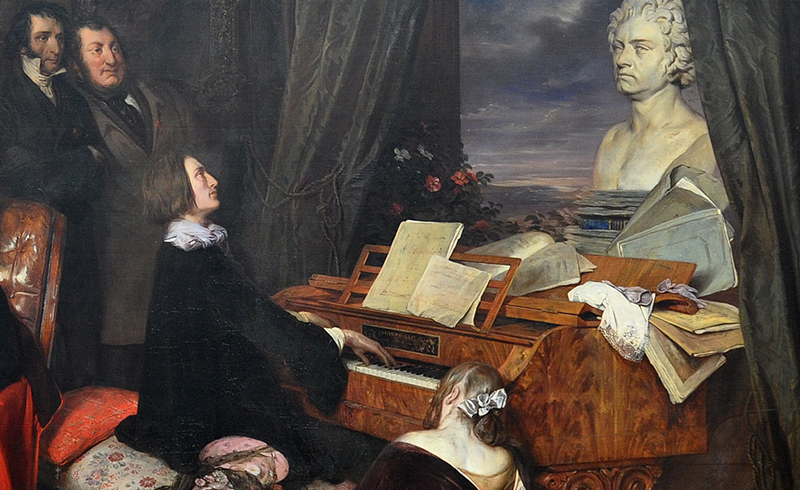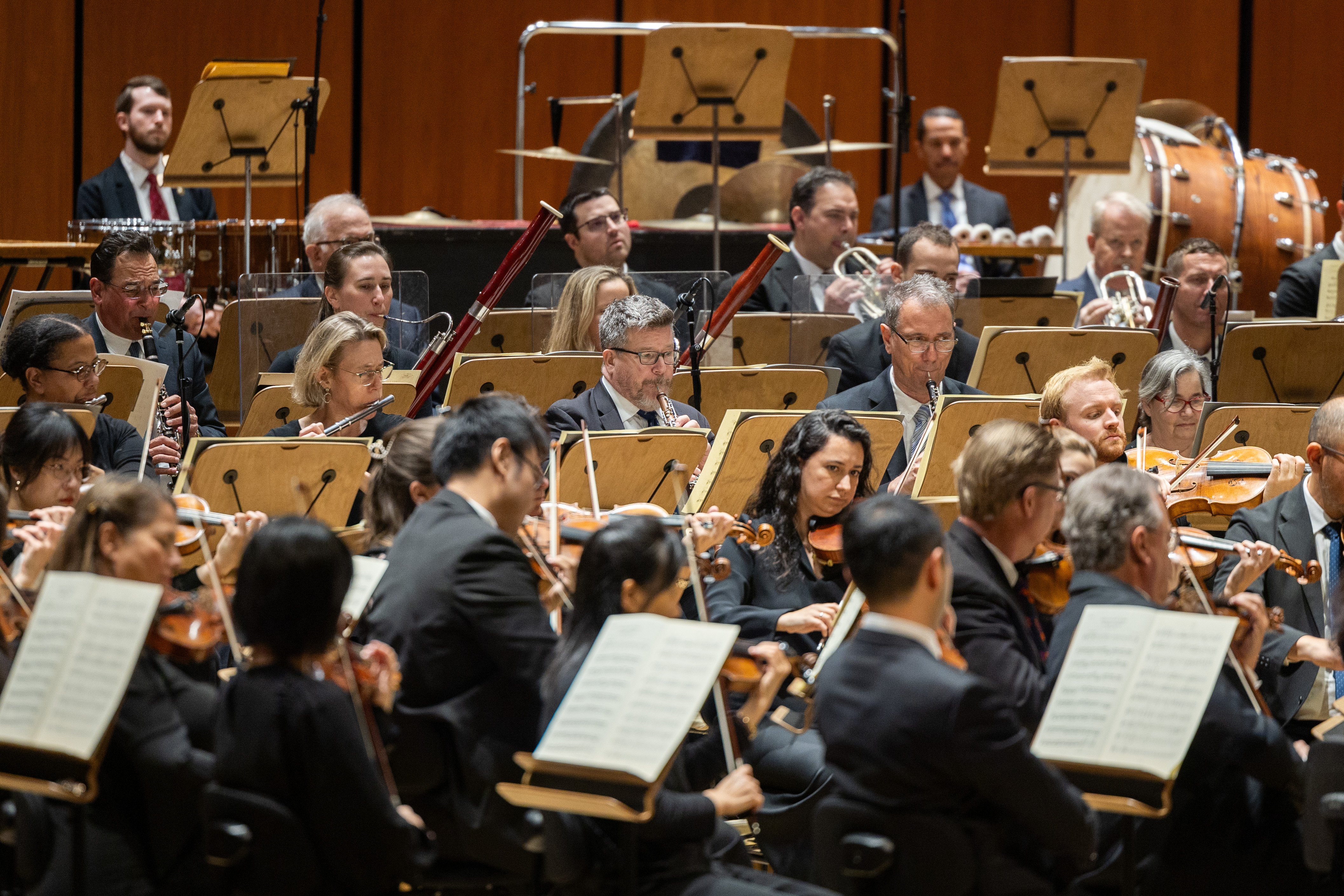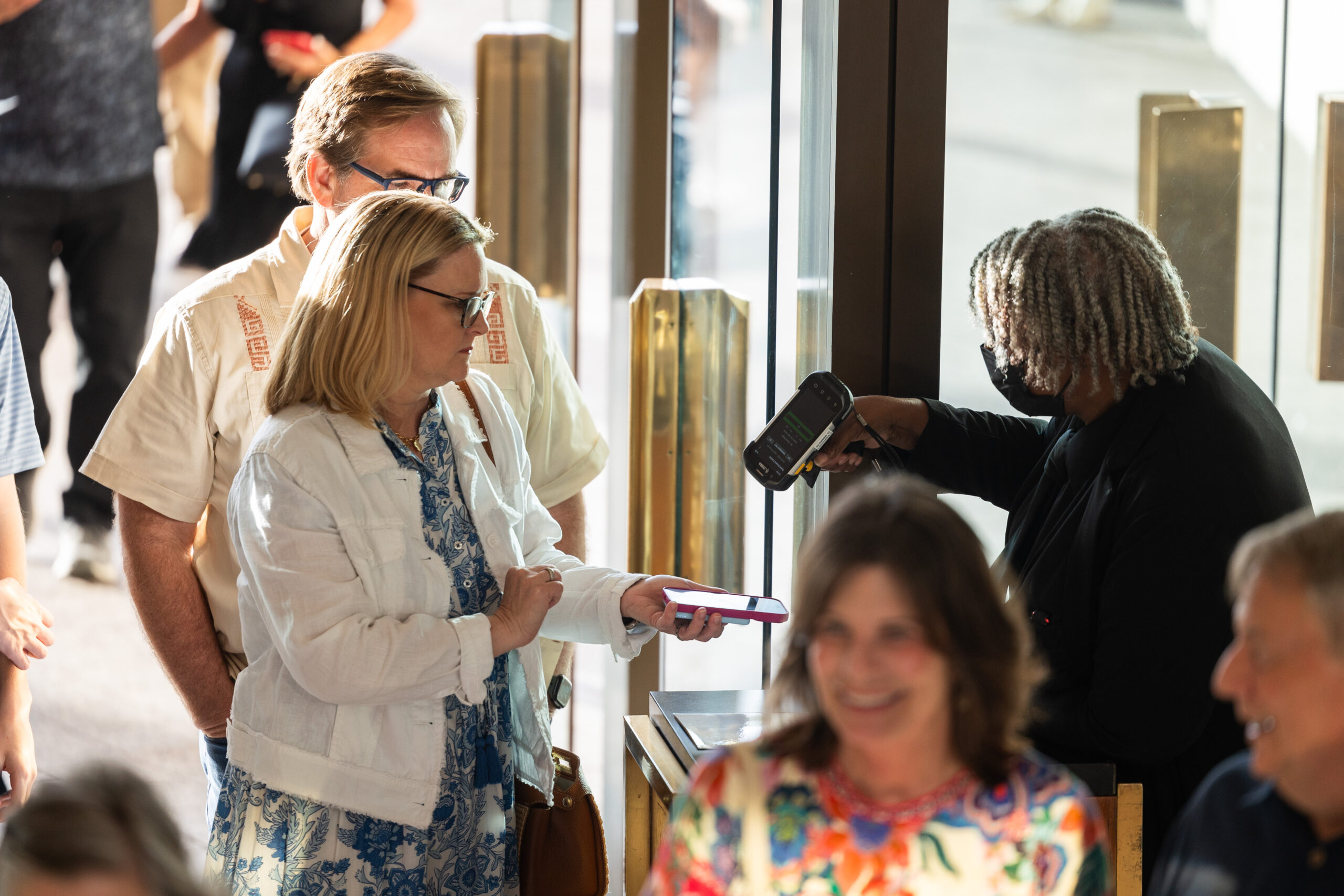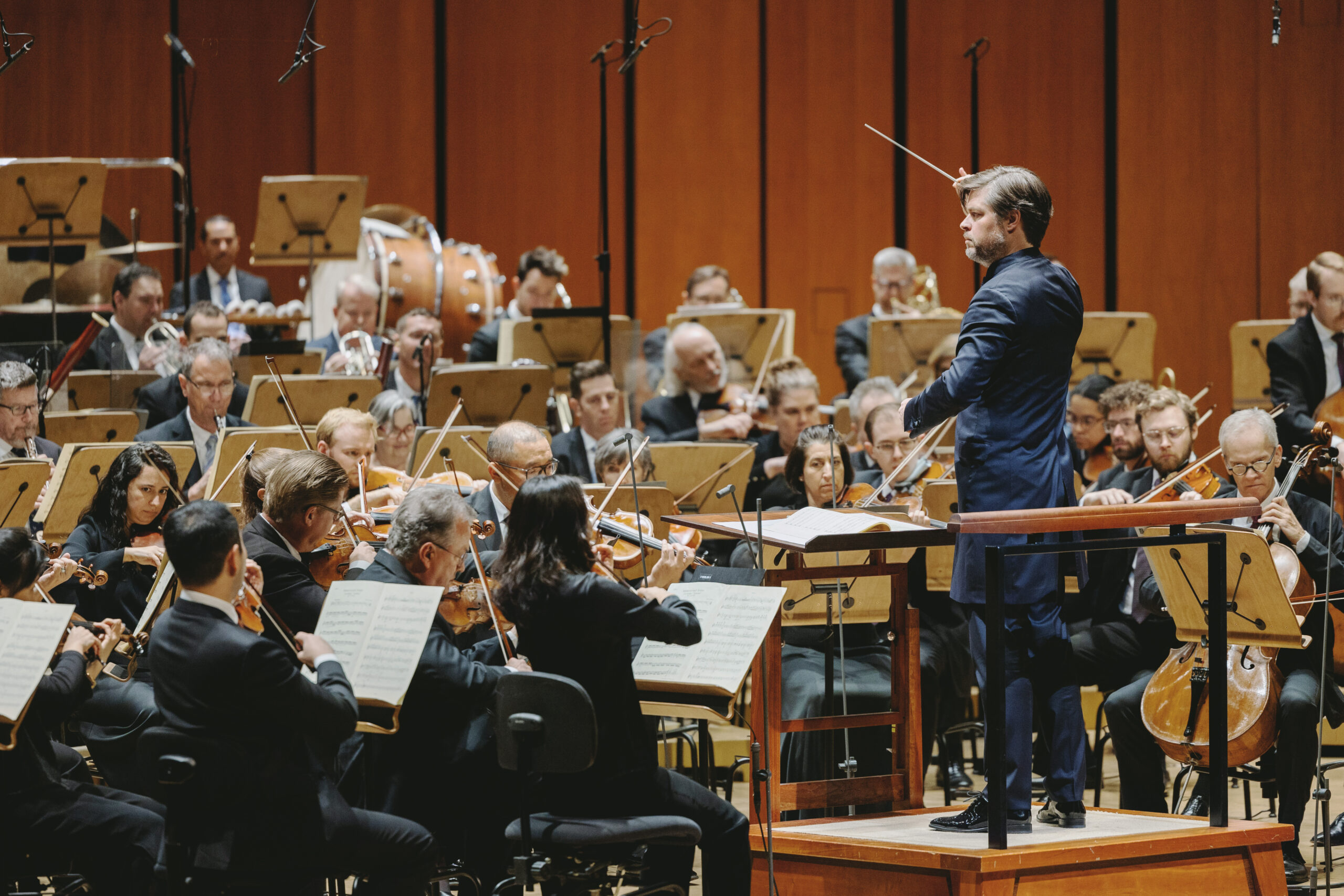
January 17, 2020
Beyond Virtuoso: Liszt’s Piano Concerto No. 1
On January 30 and February 1 and 2, the Houston Symphony presents Beethoven 7, a program featuring world-renowned pianist Kirill Gerstein in not one, but two virtuoso works by Franz Liszt. In this post, discover Liszt’s innovative Piano Concerto No. 1, a masterpiece that took 23 years to complete.

The first sketches that would wend their way into Liszt’s First Piano Concerto date from 1832, the year he discovered Paganini. The great violinist’s performances in Paris astounded Liszt; Paganini’s music was so difficult that no other violinist could play it, and he introduced Parisians to enchanting sounds they had never heard before. Inspired, Liszt abandoned his public career as a pianist and began practicing: “For the past fortnight my mind and fingers have been working away like two lost spirits,” he wrote. “Homer, the Bible, Plato, Locke, Byron, Hugo, Lamartine, Chateaubriand, Beethoven, Bach, Hummel, Mozart, Weber, are all around me. I study them, meditate on them, devour them with fury; and in addition I spend 4 to 5 hours practicing exercises (thirds, sixths, octaves, tremolos, repeated notes, cadenzas, etc. etc.). Ah! provided I don’t go mad you will find an artist in me! Yes, an artist such as you desire, such as is required nowadays!”
When he emerged the following year, he had indeed transformed himself into the Paganini of the piano, the greatest virtuoso of the 19th century. His concerto, however, would take longer to germinate. Though his Piano Concerto in E-flat major is known as his first, in fact he had already written three piano concertos by the time he began this work. These youthful works have been lost, but it is safe to presume that they were fairly conventional by the standards of the day. Liszt seems to have determined that his new concerto would be different; by the end of the year, he wrote, “I have labored at length and prepared many instrumental compositions, among others…a Concerto after a design that I think is new, and for which the accompaniments remain for me to write.”
A surviving version of the concerto from 1834–35 reveals its new features: the second and third movements are linked together, and a theme from the second movement returns in the last. This version, however, was never performed, likely because Liszt ran away to Switzerland with an unhappily married Countess in the spring of 1835. It was only in 1839, after years of living in exile in Switzerland and Italy, that Liszt returned to the concerto as he prepared to resume his performance career. The work that emerged was even more innovative than before. Building on his previous work, this version integrates the movements more radically: there are now four movements, which structurally flow from one into the other, and rather than presenting new material, the finale recapitulates ideas from the previous movements.

This radical rewrite was likely a response to Robert Schumann’s 1836 review of a Concerto fantastique by Ignaz Moscheles, which likewise sought to integrate the movements of a concerto into a continuous whole. “The Concerto fantastique consists of four movements, continued without pause, but in different tempos,” Schumann wrote.
“We have already declared ourselves opposed to this form. Though it does not seem impossible to construct an agreeable unity in it, the aesthetic dangers appear too great in comparison with this possibility. Still, there is a lack of smaller concert pieces, wherein the virtuoso can simultaneously give us his presentation of an allegro, adagio, and rondo. It would be good to invent a new form that consists of one large movement in a moderate tempo, wherein the preparatory part might take the place of a first allegro, the cantabile that of the adagio and a brilliant conclusion that of the rondo. Perhaps this idea will inspire something that we would gladly see embodied in a peculiarly original composition.”
Liszt seems to have accepted Schumann’s challenge by incorporating his ideas not into a “smaller concert piece,” but into a full-fledged concerto. Even so, Liszt hesitated—this version of the concerto also went unperformed. Liszt made more-or-less minor revisions to the concerto in 1849, 1853, and 1855, when it at last reached its definitive form after some 23 years (even surpassing Brahms’ First Symphony in terms of its protracted genesis). Liszt gave the premiere in Weimar with Berlioz conducting, but thereafter, he rarely performed it himself.
Aside from Liszt’s own perfectionism, he may also have feared that his innovative concerto would meet with incomprehension from the public and critics. Indeed, there is a famous story that his son-in-law Hans von Bülow—one of the great early interpreters of the concerto—sang the words “Das versteht ihr alle nicht, haha!” (“You do not understand any of this, haha!”) to the opening of the piece. Additionally, Liszt wanted this piece to be taken seriously as the highly original composition that it is rather than as a light, virtuoso showpiece that would merely showcase his own talents—it is for this reason that he preferred pianists other than himself to play the work. Throughout his career, Liszt’s critics accused him of writing “empty” virtuoso music, when in fact he was an innovative composer of daring and powerful music—which happened to be extremely difficult to play.
The beginning of the concerto also reveals another, perhaps even deeper innovation—though the piece has a key signature of E-flat major, the music does not cadence in E-flat for some 27 measures:
Thanks in part to the disorienting chromaticism of the “Das versteht ihr alle nicht” motto, the opening is harmonically unstable and ambiguous, as if we have started in the middle of a piece rather than at the beginning—a highly Romantic effect. Assuming the role of a Byronic hero, the soloist continually breaks free from the orchestra’s provocative (perhaps even menacing) main motto, launching into quasi-improvisatory flights of fancy that cycle through many different keys, untethered to the normal laws of harmony.
The music becomes quieter as the piano begins a yearning, espressivo duet with a solo clarinet. A crescendo leads to a hair-raising return of the “Das versteht ihr alle nicht” motto, which the soloist then plays in diabolical octaves. The music fades away, and a pause precedes the start of the slow second movement, when a new idea emerges in the low strings. Hesitant at first, the piano transforms this new idea into a singing melody, as if confessing something. The orchestra attempts to join it, but the soloist interrupts with conflicted music in the style of operatic recitative, halfway between singing and speaking. This crisis appears to be resolved by a new melody in the flute, which appears above the soloist’s trills like a delightful vision.
Passed from one instrument to another, this new melody gently leads to the third movement, which begins with what Liszt described as a “mocking little motif” in the triangle. Incidentally, this triangle solo provoked much critical derision in Liszt’s day—the prominent use of any percussion instrument other than the timpani was frequently construed as the most outré modernism. The sound of the triangle, however, perfectly introduces the diabolical scherzo that follows—a fleet witches’ dance clearly inspired by Mendelssohn’s famous fairy music.
During a piano solo, the “Das versteht ihr alle nicht” motto returns, and an orchestral crescendo leads to the finale. After a reprise of the opening of the concerto (even more harmonically unstable than the original), the “vision” theme from the slow movement returns. A vigorous Allegro marziale (“martial Allegro”) ensues, in which the “confession” theme from the slow movement is transformed into a demonic march, complete with cymbals. Trombones and low strings cut off the march with the second half of the “confession” theme. The “vision,” march, and witches’ dance themes follow one another in close succession, as the different threads of the concerto come together. A final crescendo leads to the triumphant return of the “Das versteht ihr alle nicht” motto, bringing the concerto to a dramatic conclusion. —Calvin Dotsey
Don’t miss Beethoven 7 January 30 and February 1 and 2! Learn more & get tickets.






